NickArcade
Member
- Joined
- Aug 10, 2023
- Messages
- 14
- Likes
- 7
Here are photos of the internal components inside the Steelseries GameDAC Gen 2 for Xbox! There were literally no photos online of this teardown showing the internal guts of the device. Apologies for having to take multiple photos. The glare from the light I used made some of the printing from the chips unreadable so I took multiple photos so they could be seen. Take note of the Realtek ALC4050 codec chip, the ESS Sabre, and the ARM chip!
This is my first forum thread on here ever, and I have no engineering experience. Please go easy on me! I purchased this unit to just post photos in this forum (I already own one and got this for super cheap).
I posted a teardown since me and lots of other Xbox players are quite upset that Microsoft removed the optical audio port on the Series X and Series S consoles. I still play on my VCR Xbox One from 2013 which has optical out, but I would like to upgrade to the latest generation some day. The GameDAC gen 2 is a decent device, but it is plagued by audio latency/delay. Options are extemely limited on Xbox when it comes to wanting to use an external USB device because a USB device must have a "Designed for Xbox" emblem in order for it to be supported. So.... it's all locked down. I could buy an AVR or a VRRoom, but I don't think it would be worth it spending hundreds or thousands of dollars just to have toslink support. Anyone think it's possible to add toslink in and out to this? There's built in firmware, so I'm wondering if that's a hindrance. Anyway, those are my thoughts. Enjoy.
This is my first forum thread on here ever, and I have no engineering experience. Please go easy on me! I purchased this unit to just post photos in this forum (I already own one and got this for super cheap).
I posted a teardown since me and lots of other Xbox players are quite upset that Microsoft removed the optical audio port on the Series X and Series S consoles. I still play on my VCR Xbox One from 2013 which has optical out, but I would like to upgrade to the latest generation some day. The GameDAC gen 2 is a decent device, but it is plagued by audio latency/delay. Options are extemely limited on Xbox when it comes to wanting to use an external USB device because a USB device must have a "Designed for Xbox" emblem in order for it to be supported. So.... it's all locked down. I could buy an AVR or a VRRoom, but I don't think it would be worth it spending hundreds or thousands of dollars just to have toslink support. Anyone think it's possible to add toslink in and out to this? There's built in firmware, so I'm wondering if that's a hindrance. Anyway, those are my thoughts. Enjoy.
Attachments
-
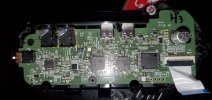 20230823_204430.jpg222.6 KB · Views: 265
20230823_204430.jpg222.6 KB · Views: 265 -
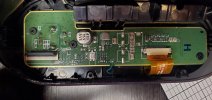 20230823_205955.jpg200.8 KB · Views: 294
20230823_205955.jpg200.8 KB · Views: 294 -
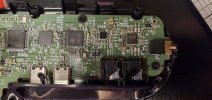 20230823_205930.jpg238 KB · Views: 212
20230823_205930.jpg238 KB · Views: 212 -
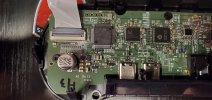 20230823_205925.jpg247.1 KB · Views: 244
20230823_205925.jpg247.1 KB · Views: 244 -
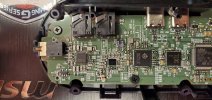 20230823_205844.jpg274.8 KB · Views: 236
20230823_205844.jpg274.8 KB · Views: 236 -
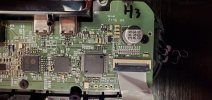 20230823_205831.jpg233 KB · Views: 221
20230823_205831.jpg233 KB · Views: 221 -
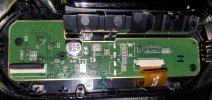 20230823_204708.jpg220.1 KB · Views: 219
20230823_204708.jpg220.1 KB · Views: 219 -
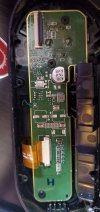 20230823_204656.jpg189.1 KB · Views: 194
20230823_204656.jpg189.1 KB · Views: 194 -
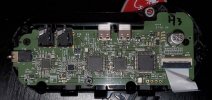 20230823_204616.jpg228.6 KB · Views: 195
20230823_204616.jpg228.6 KB · Views: 195 -
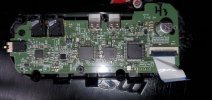 20230823_204610.jpg228.8 KB · Views: 183
20230823_204610.jpg228.8 KB · Views: 183 -
 20230823_204532.jpg228.4 KB · Views: 231
20230823_204532.jpg228.4 KB · Views: 231
